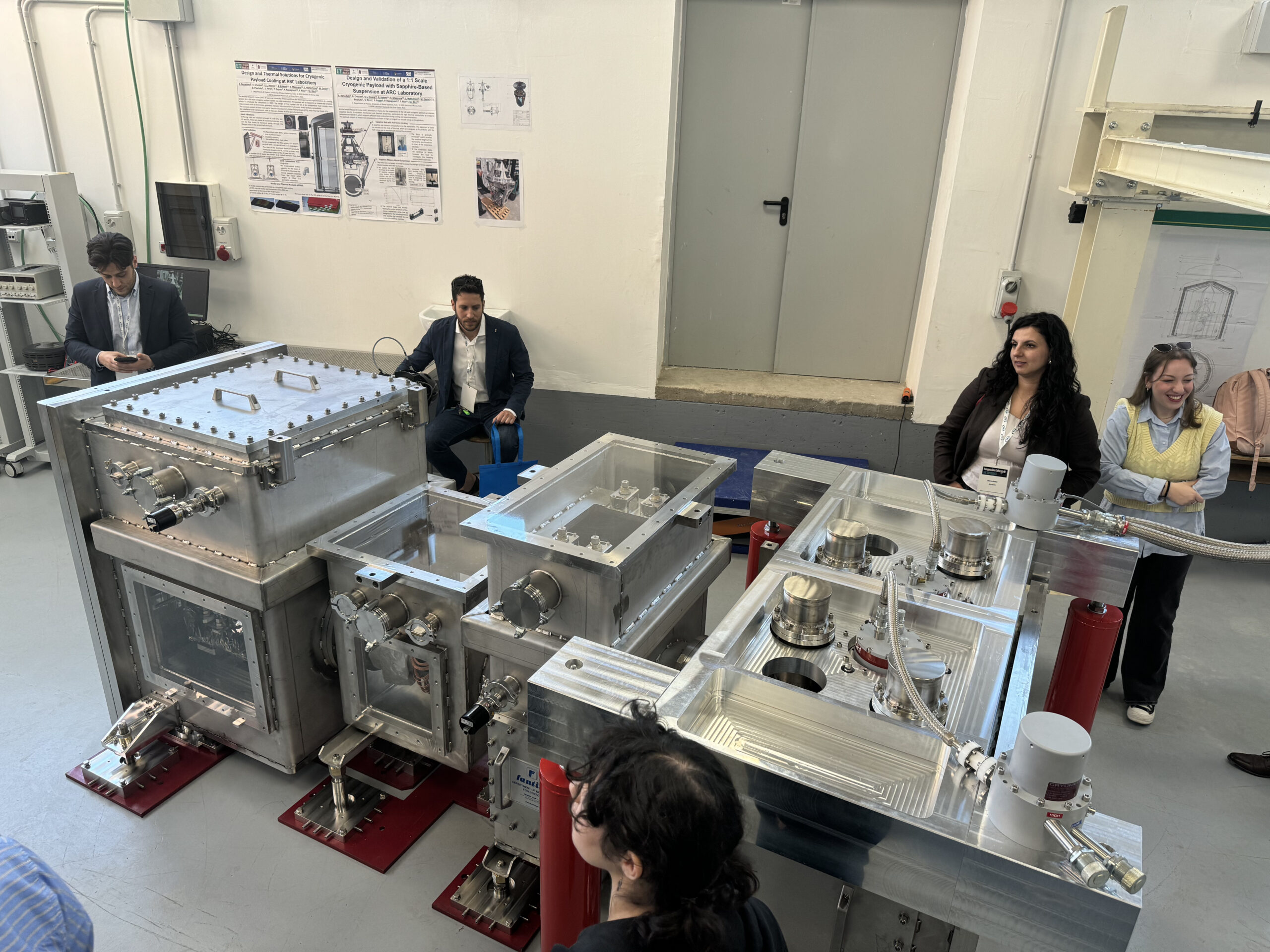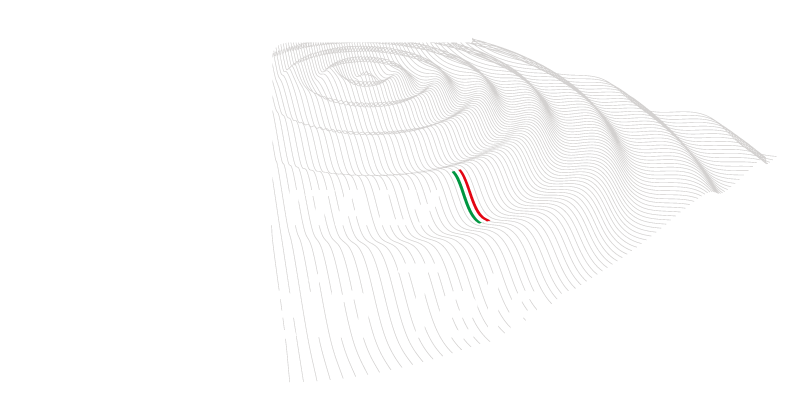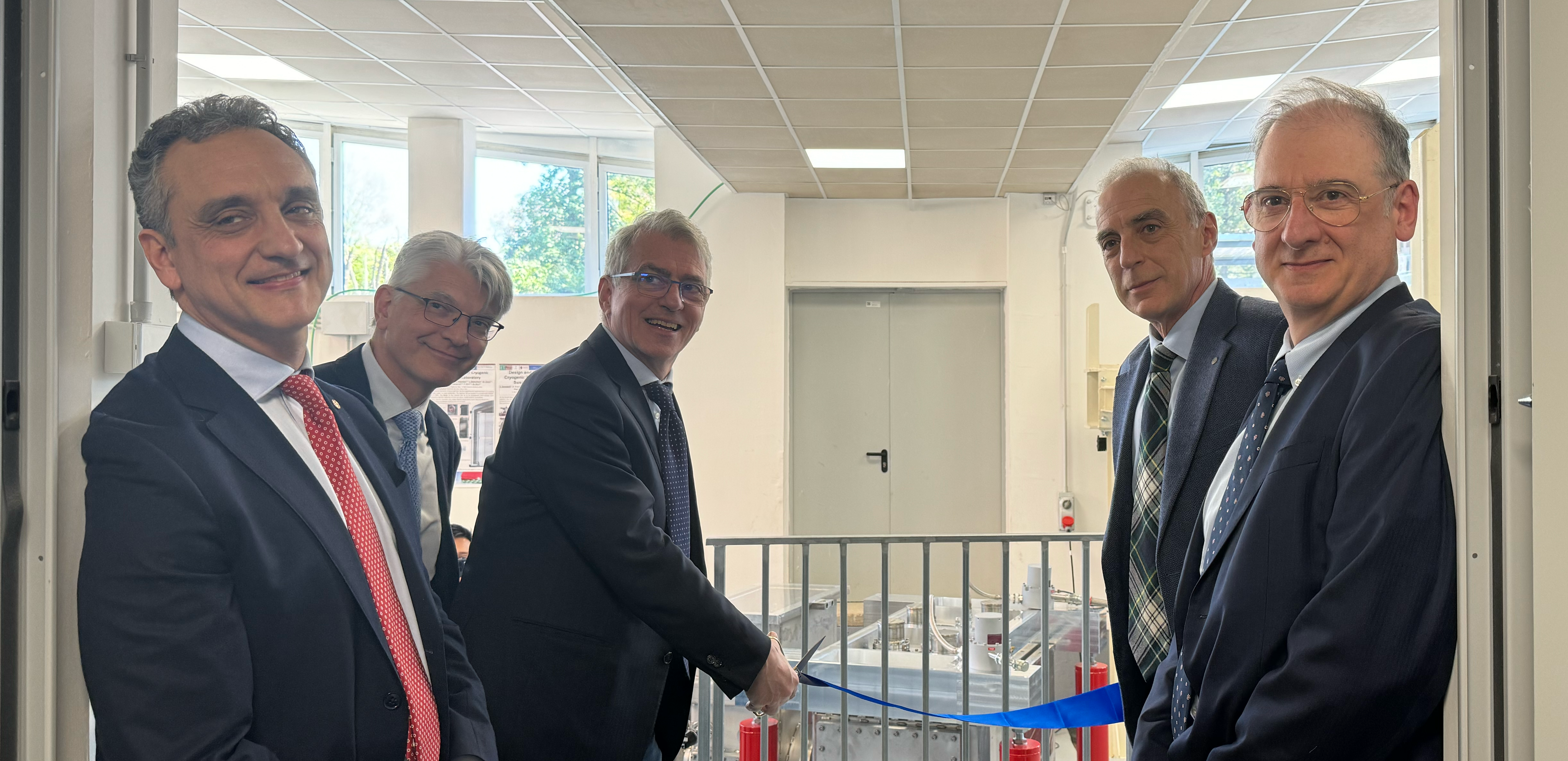On Friday, April 4, at the aula degli organi collegiali of the Rectorate of Sapienza University of Rome, the inauguration ceremony of the ARC-ETCRYO experimental physics laboratory took place. This laboratory is dedicated to the development of innovative cryogenic technologies for the future gravitational wave observatory, Einstein Telescope (ET).
The establishment of the laboratory is part of the ETIC project, funded by the Ministry of University and Research (MUR) under Mission 4 of the National Recovery and Resilience Plan (NRRP), with the National Institute for Nuclear Physics (INFN) as the leading organization. ETIC aims to support Italy’s candidacy to host the ET in Sardinia, in the area of the former Sos Enattos mine in the Nuoro region.
The opening event began with institutional greetings from Antonio Zoccoli, president of INFN, Marco Pallavicini, vice-president of INFN, Daniele Del Re, director of the Department of Physics, Fabio Sciarrino, vice-rector for international research policies, Michele Mazzola, MUR executive, Monica Lucarelli, councilor for productive activities and equal opportunities of Roma Capitale, and Paolo Valente, director of the Rome section of INFN.
Following this, Fulvio Ricci, emeritus professor at Sapienza and former scientific coordinator of the Virgo experiment, and Michele Punturo, scientific coordinator of the ETIC project and international leader of the Einstein Telescope, presented an overview of the research field and the ET project.
Finally, before the traditional ribbon-cutting ceremony, the scientific insights were provided by Cristiano Palomba and Luca Naticchioni, researchers at INFN, and Ettore Majorana, professor at Sapienza and associate researcher at INFN, responsible for the ARC-ETCRYO laboratory.

The ARC-ETCRYO laboratory.
«La Sapienza has always paid great attention to experimental research in the field of gravitational waves, states Rector Antonella Polimeni. «In particular, thanks to funding from the “Departments of Excellence 2018–2022”, the Department of Physics established the Amaldi Research Center, an interdisciplinary center dedicated to gravitational physics and astrophysics, in memory of Edoardo Amaldi. The inauguration of the ARC-ETCRYO laboratory represents a further step in strengthening this tradition of excellence, a testament to the extraordinary work our University continues to carry out in the field of advanced scientific research, with a constant commitment to innovation and the advancement of knowledge. I would like to extend my heartfelt thanks to the researchers who, through their work and dedication, with expertise and passion, make these facilities alive, meaningful, and valuable».
«The new ARC-ETCRYO laboratory is the result of a long-standing and strong collaboration between INFN and the Department of Physics at Sapienza University and represents one of Italy’s main investments in the development of new technologies for the Einstein Telescope. The laboratory will be dedicated to the development of cryogenic technologies for the mirrors of the future detector, which is one of the most complex and ambitious challenges in achieving the sensitivity required by the experiment», adds Antonio Zoccoli, president of INFN. «ARC-ETCRYO is part of a network of laboratories across Italy, funded by PNRR resources from the Ministry of University and Research (MUR), dedicated to the creation of innovative technologies for ET, which will enable us to play a leading role in building the future instrument, strengthen the country’s position within the ET project, and foster future synergistic collaborations with European partners.
One of the features of the future Einstein Telescope detector will be its cryogenic technologies, essential for cooling the mirrors to extremely low temperatures in order to increase their sensitivity. The R&D work at the new laboratory will focus precisely on this direction, as Ettore Majorana emphasizes: «The ARC-ETCRYO laboratory, located within the Sapienza campus in the Segrè Building, along with other INFN laboratories, will host a cryostat dedicated to the development of low-dissipation mechanical suspensions that will allow the cooling of the Einstein Telescope mirrors. By fully utilizing the available logistics, we will be able to characterize a system close in size (about 75%) to what is planned for ET. The use of cryogenic technological solutions will allow ET to be extremely sensitive at low frequencies, an energy range of great interest for astrophysical and cosmological observations».

